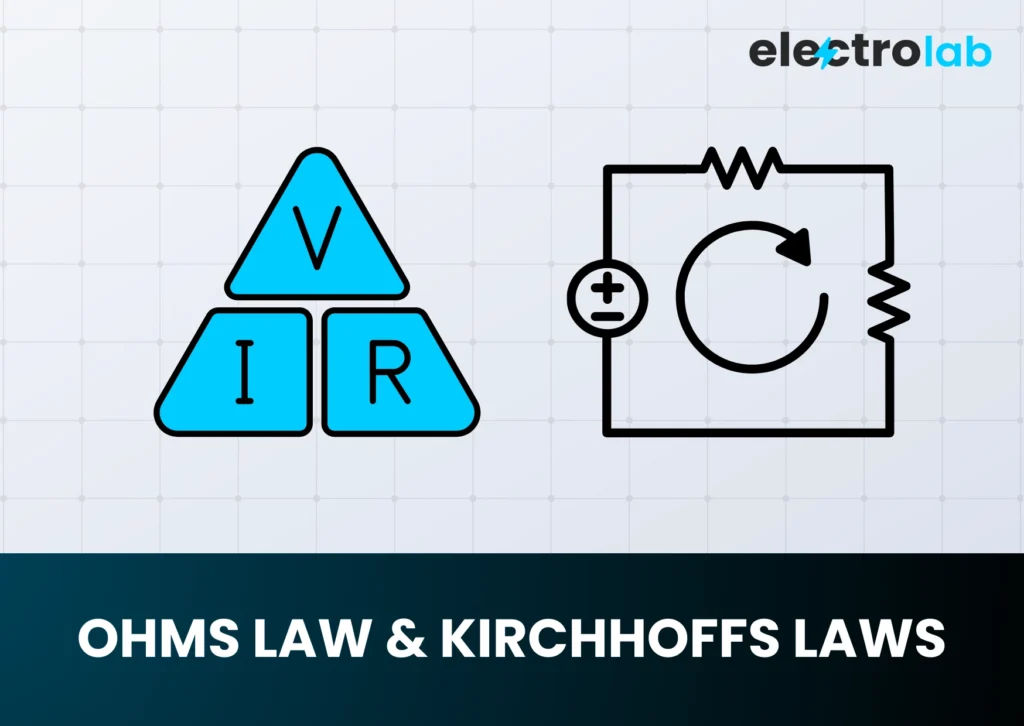Intermediate Electronics Roadmap: 7 Powerful Steps to Rapidly Advance Your Skills

Introduction
If you have mastered the basics of electronics and are ready to take your skills to the next level, this intermediate electronics roadmap will guide you. Here, we will explore advanced circuit design, power electronics, microcontroller integration, and practical applications.
1. Expanding Your Circuit Knowledge
Once you’re comfortable with basic circuits, it’s time to dive into more advanced territory to truly elevate your electronics skills. This stage involves mastering the building blocks of complex systems and understanding how different components interact to perform real-world functions.
- Active vs. Passive Components: Go beyond resistors and capacitors by exploring how transistors, operational amplifiers (op-amps), and diodes work. Understand their roles in amplification, switching, and signal shaping.
- Filters and Signal Processing: Learn to design and analyze low-pass, high-pass, and band-pass filters. These are essential for cleaning up signals, audio processing, and communication systems.
- Analog and Digital Conversion: Get hands-on with ADC (Analog to Digital Converters) and DAC (Digital to Analog Converters). This knowledge is crucial for interfacing sensors with microcontrollers or outputting analog signals from digital systems.
- Power Regulation: Explore how to manage and stabilize voltage using linear regulators (like the LM317) and switching regulators such as buck and boost converters. Power supply design is key for building reliable, efficient electronics.
Hands-on Practice:
- Build and analyze transistor amplifier circuits.
- Design and test signal filters using operational amplifiers.
2. Microcontrollers & Embedded Systems

Alt: Intermediate Electronics Roadmap: Microcontrollers & Embedded Systems
Enhance your knowledge of microcontrollers and embedded systems by working with more complex systems:
- Advanced Arduino Projects – Implement I2C, SPI, and Serial communication protocols.
- ESP8266 & ESP32 – Learn about IoT applications and Wi-Fi-enabled microcontrollers.
- Raspberry Pi & Linux Systems – Use Python and Linux to run automation tasks.
- RTOS (Real-Time Operating Systems) – Understand how real-time systems function in industrial applications.
Hands-on Practice:
- Develop a home automation system using ESP32 and MQTT.
- Create a data logger with Raspberry Pi and sensors.
3. Power Electronics & Motor Control

Alt: Intermediate Electronics Roadmap: Power Electronics & Motor Control
Power electronics is essential for applications such as electric vehicles, solar energy, and industrial automation.
- H-Bridge Motor Drivers – Controlling DC motors efficiently.
- Switching Power Supplies – Understanding SMPS and inverters.
- Battery Management Systems (BMS) – Learn Li-ion and lead-acid battery technologies.
- PWM Control & Speed Regulation – Implementing Pulse Width Modulation (PWM) for motor control.
Hands-on Practice:
- Design and build a variable power supply.
- Create a solar charging system with battery storage.
4. Wireless Communication & IoT

Alt: Intermediate Electronics Roadmap: Wireless Communication & IoT
Wireless technologies are vital in modern electronics and IoT applications.
- Bluetooth & BLE (Low Energy) – Use for smart devices and wearable applications.
- RFID & NFC – Implement access control systems.
- LoRa & Zigbee – Explore long-range, low-power communication.
- Cloud Integration – Learn to send and receive data via MQTT and HTTP protocols.
Hands-on Practice:
- Create a Bluetooth-controlled robotic car.
- Develop an IoT-based weather station using MQTT.
5. PCB Design & Fabrication

Alt: Intermediate Electronics Roadmap: PCB Design & Fabrication
Designing custom PCBs allows for professional-grade projects.
- Schematic Design Best Practices – Use software like KiCad or Altium.
- PCB Layout Optimization – Learn about trace width, thermal management, and EMI reduction.
- Manufacturing Process – Understand fabrication and assembly techniques.
- Surface-Mount Technology (SMT) – Work with SMD components for compact PCB design.
Hands-on Practice:
- Design and order a custom PCB using KiCad.
- Assemble and test an SMD circuit board.
6. Robotics & Automation

Alt: Intermediate Electronics Roadmap: Robotics & Automation
Moving toward automation and robotics opens new possibilities in electronics.
- Servo & Stepper Motor Control – Learn precise motor positioning.
- Machine Vision – Implement basic object recognition using OpenCV.
- PID Controllers – Understand Proportional-Integral-Derivative control for stable automation.
- PLC Programming – Work with industrial automation controllers.
Hands-on Practice:
- Build an autonomous robot using ultrasonic sensors.
- Implement an industrial automation project using PLCs.
7. Learning Resources & Advanced Communities

To continue learning, connect with advanced resources:
- Online Courses: MIT OpenCourseWare, Udacity, Pluralsight.
- Communities: All About Circuits, Hackster.io, IEEE Xplore.
- Books: “Practical Electronics for Inventors” by Paul Scherz & Simon Monk.
- YouTube Channels: Andreas Spiess, Ben Eater, EEVblog.
Conclusion
This Intermediate Electronics Roadmap takes you beyond the basics, helping you specialize in circuit design, power electronics, microcontrollers, and automation. By continuously experimenting and building real-world projects, you will develop the expertise needed for professional or hobbyist-level applications.
🚀 What’s your next electronics project? Share your thoughts in the comments!




